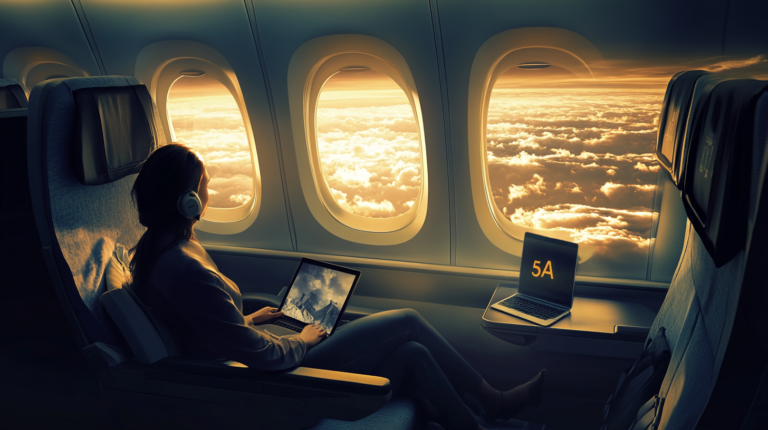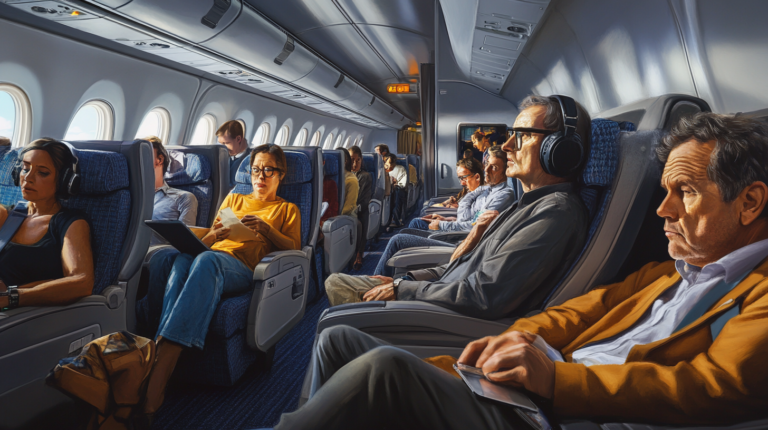The Art of Packing Light: Tips from Frequent Flyers
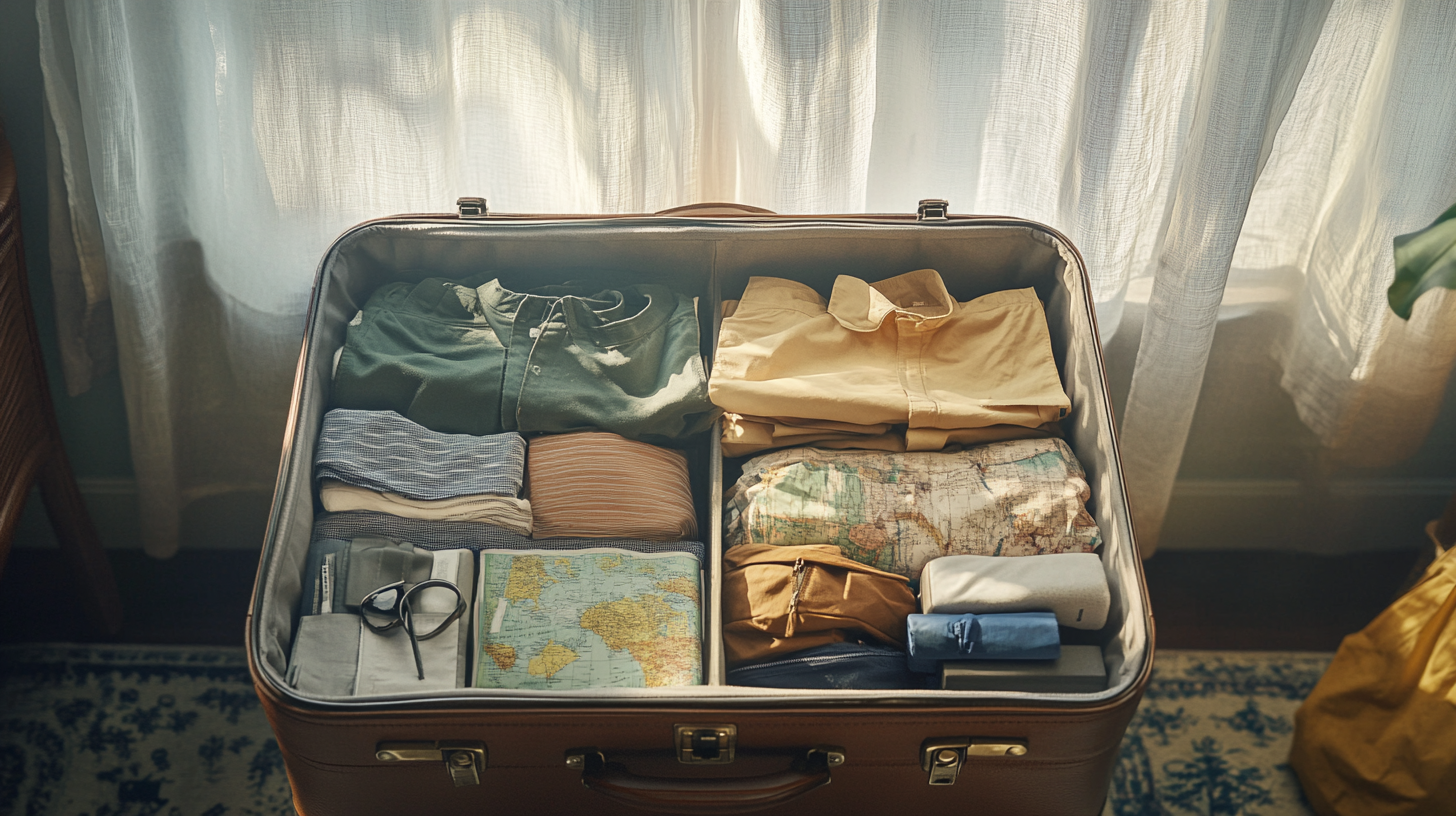
Embarking on a new adventure is exhilarating—the thrill of exploring uncharted territories, immersing oneself in different cultures, and creating lifelong memories. Yet, the stress of packing can often dampen the excitement, turning anticipation into anxiety. Seasoned travelers know that mastering the art of packing light is a game-changer; it not only simplifies the journey but also enhances the overall travel experience. Imagine breezing through airport security without the burden of heavy luggage, navigating cobblestone streets with ease, and having everything you need neatly organized and within reach. By adopting efficient packing strategies, you can navigate airports effortlessly, avoid extra baggage fees, and immerse yourself fully in your destination from the moment you arrive. Here, we share expert tips and techniques from frequent flyers on how to pack efficiently for both short and long trips, including insights into the latest travel gear such as innovative lightweight luggage solutions .
Choosing the Right Luggage
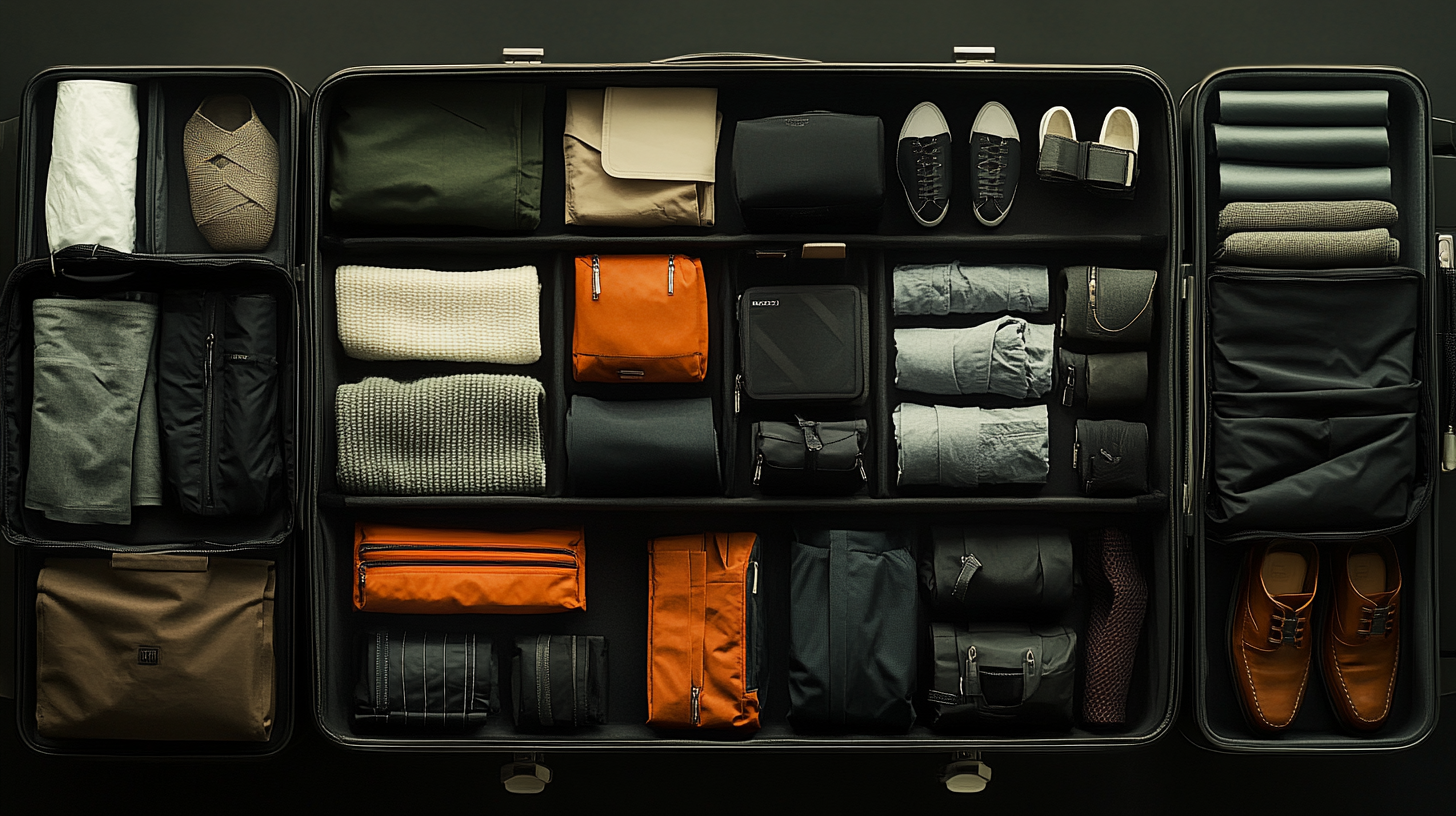
The foundation of packing light begins with selecting the appropriate luggage that suits your travel style and destination. Opting for a lightweight suitcase or backpack sets the tone for a minimalist approach. The right luggage not only accommodates your essentials but also influences how easily you can move around during your travels.
- Backpacks: Ideal for independent travelers and adventure seekers, a backpack with a capacity of approximately 30 to 55 liters works well for both short and extended trips. Look for features such as padded shoulder straps, ergonomic design, and multiple compartments for organization, as found in ergonomic travel backpacks designed for comfort . Ensure it’s comfortable to carry and suits your physical capabilities, especially if you’ll be navigating uneven terrain or using public transportation extensively.
- Suitcases: For family trips, business travel, or when you prefer wheeled options, choose a soft-sided carry-on suitcase. Soft-shell luggage saves weight and offers flexibility when fitting into tight spaces like overhead compartments or car trunks. Consider suitcases with 360-degree spinner wheels for maneuverability and a sturdy telescopic handle for ease of transport, similar to lightweight spinner carry-on luggage models .
Traveling with only a carry-on bag is highly recommended by frequent flyers. It helps you avoid the hassle of lost luggage, lengthy waits at baggage claims, and allows for easier flight changes, especially during tight layovers. With just a carry-on, you can keep your belongings with you at all times, providing peace of mind. Additionally, knowing airline restrictions for size and weight is crucial to prevent unexpected fees at the airport. Airline regulations can vary significantly, so it’s beneficial to consult updated airline carry-on size and weight guidelines before packing. This ensures your bag fits in the overhead compartment and complies with security standards.
Adopting a Minimalist Mindset
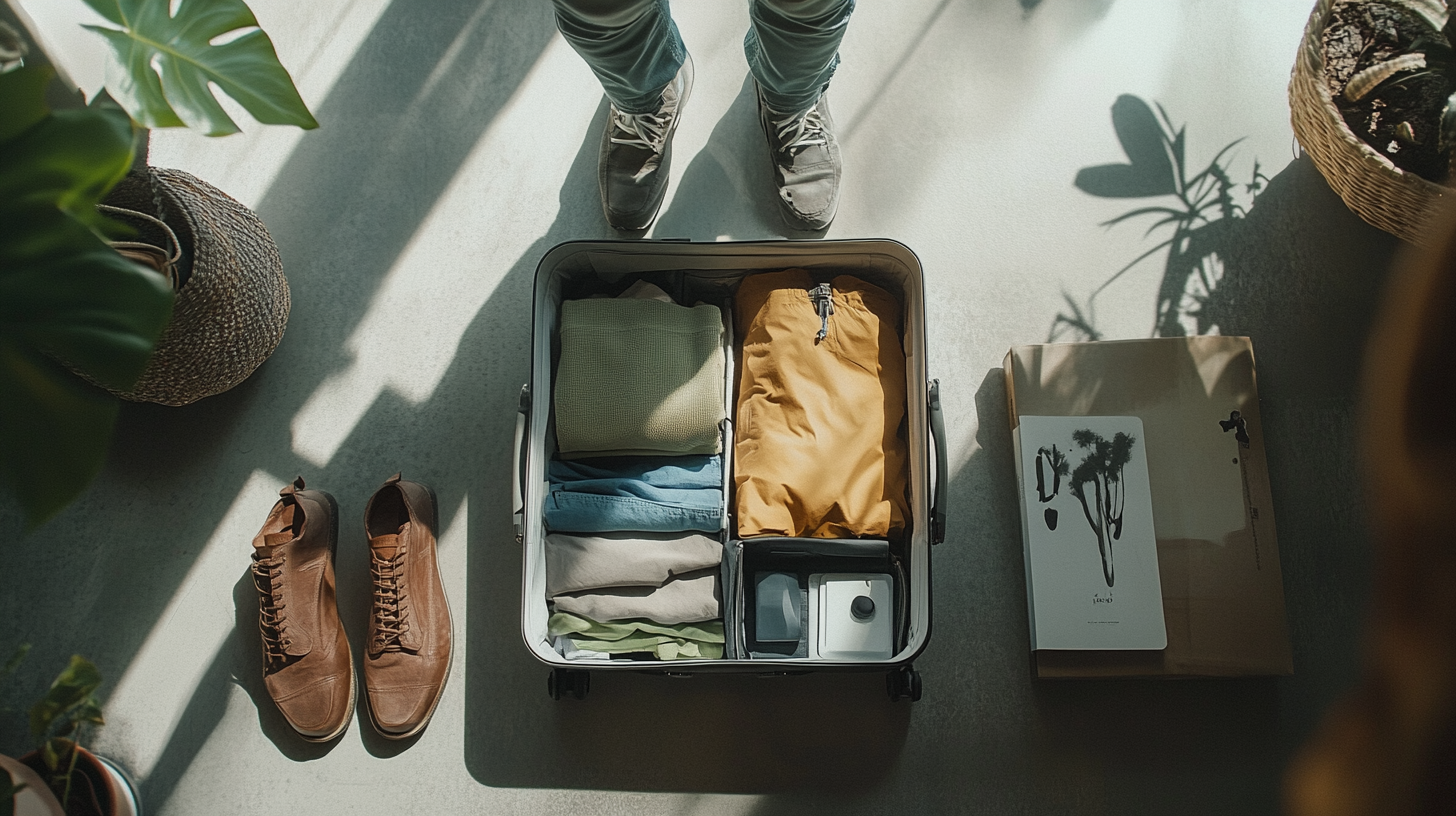
Packing light is more than a practical task; it’s a mindset. Embracing minimalism means valuing experiences over possessions and making conscious decisions about what truly is essential for your journey. This approach encourages you to consider each item’s purpose and benefits, leading to a more thoughtful and deliberate packing process. By carrying less, you open yourself up to more possibilities and reduce the physical and mental burden of excess luggage.
- Create a Necessity-Driven Packing List: Begin by listing items you can’t do without, such as essential clothing, medications, and travel documents. This strategy prevents overpacking and ensures you focus on essentials. Ask yourself if each item serves a specific purpose or brings significant value to your trip.
- Plan Ahead: Start packing days before departure to avoid last-minute panic and impulsive packing decisions. This gives you time to reconsider items and remove non-essentials. It also allows you to purchase or borrow any missing necessities without rushing.
- Check the Weather Forecast: Tailor your wardrobe to the expected climate of your destination, which helps in selecting appropriate clothing and avoiding unnecessary items. Utilize reliable sources or apps for accurate weather predictions, such as travel planning apps with real-time weather updates , to plan accordingly.
Efficient Packing Techniques and Tools
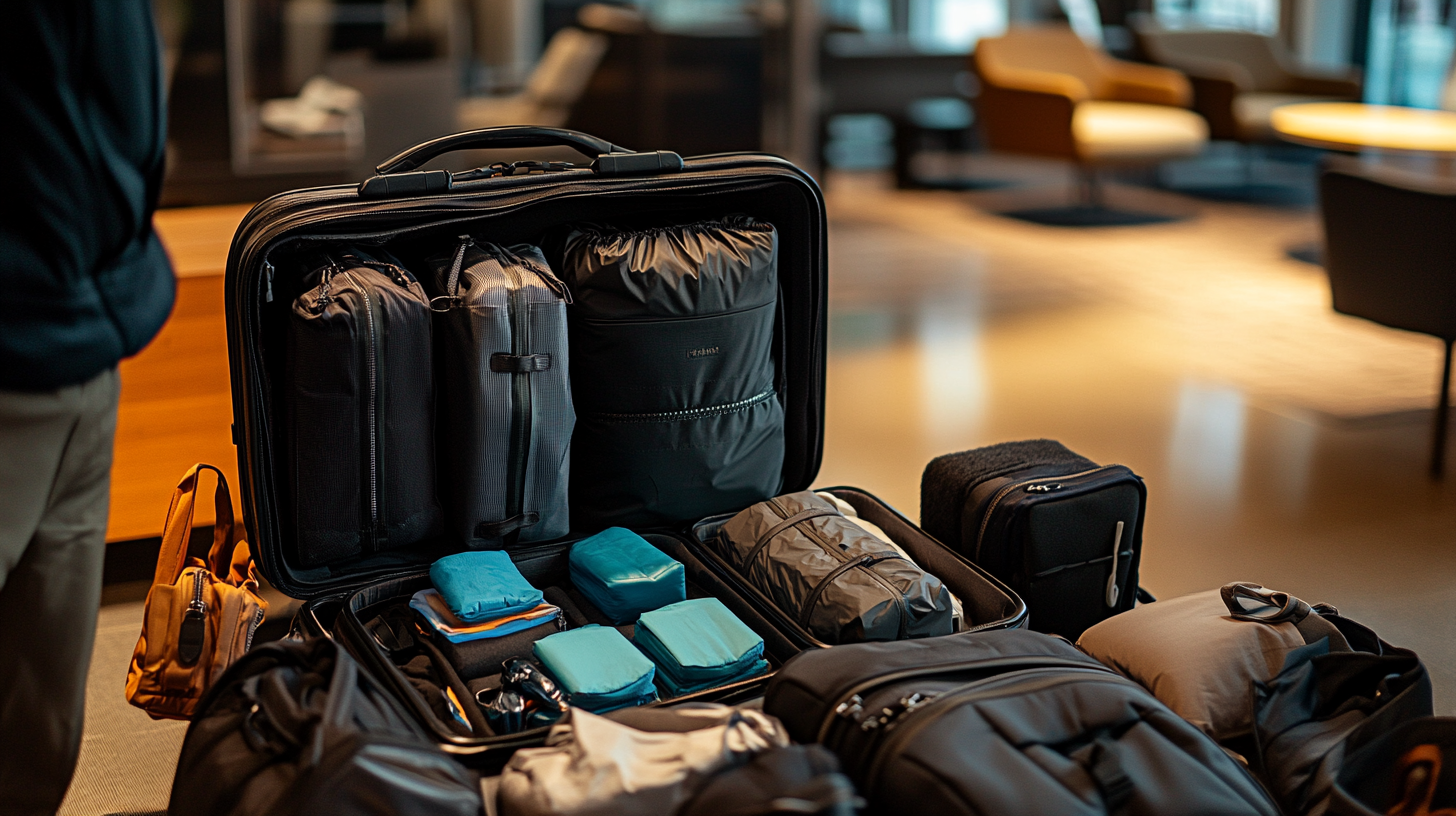
How you pack is as important as what you pack. Proper packing techniques can make the difference between fitting everything into a carry-on and needing an extra bag. Utilizing innovative packing tools not only maximizes space but also keeps your belongings organized, making it easier to find what you need without unpacking your entire suitcase.
- Packing Cubes: These are game-changers for organization and space optimization. Packing cubes, such as space-saving packing cube sets , efficiently fit into carry-on suitcases and compress your belongings. They come in various sizes, allowing you to categorize your items—shirts in one cube, pants in another, and so on. This segmentation makes unpacking and repacking a breeze, especially if you’re staying in multiple locations. Some travelers even color-code their cubes to locate items at a glance.
- Rolling Clothes: Instead of folding, roll your clothes to save space and reduce wrinkles. This method works exceptionally well for items like t-shirts, jeans, and casual wear. Rolling compresses the fabric, allowing you to fit more into your suitcase, and makes it easier to see all your clothing at a glance when your luggage is open. Some travelers combine rolling with packing cubes for optimal organization.
- The Bundle Method: For delicate items or formal wear, the bundle method minimizes creases by wrapping clothes around a central core, such as a pouch of underwear and socks. Starting with the largest garments, like jackets and dresses, you layer each item and wrap them tightly to form a bundle. This technique keeps your clothes wrinkle-free and conserves space, although it may be less convenient when you need to access specific items.
- Compression Bags: Use compression bags, such as vacuum-seal travel compression bags , to reduce the volume of bulkier items like jackets or sweaters. These bags allow you to squeeze out excess air, significantly shrinking the size of your clothing. They are especially useful for cold-weather gear or when traveling to multiple climates. However, be mindful that compression bags can make your luggage heavier, and overpacking may lead to exceeding weight limits.
- Organize Small Items: Store medications, jewelry, cables, and small accessories in ziplock bags or dedicated pouches, as recommended in travel organization tips for small essentials , to save space and keep them easily accessible. Clear bags allow you to see the contents without opening them, which is particularly helpful during security checks. Keeping similar items together prevents loss and simplifies unpacking.
Strategic Wardrobe Selection
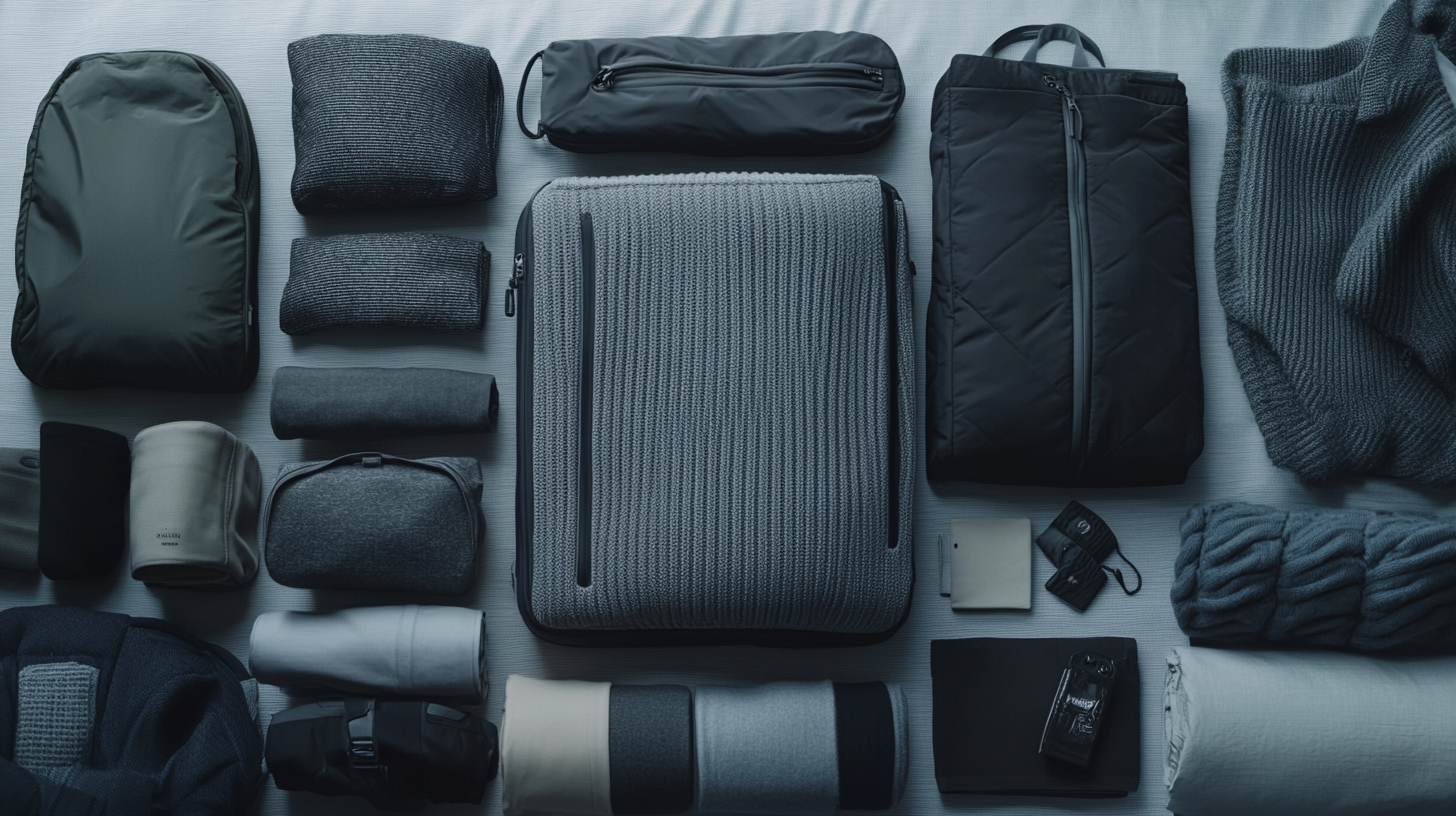
Choosing the right clothing is pivotal in packing light. By carefully selecting pieces that are versatile, durable, and suitable for multiple occasions, you can significantly reduce the number of items you need to bring. Aim for a mix-and-match wardrobe that can accommodate various activities and weather conditions, allowing for maximum outfit combinations with minimal clothing.
- The 5-4-3-2-1 Rule: This popular guideline helps streamline your packing. Limit your packing to five sets of socks and underwear, four tops, three bottoms, two pairs of shoes, and one hat or accessory. Adjust the numbers based on the duration of your trip and personal needs. For example, if traveling for a week or more, consider including items that can be laundered and reworn.
- Versatile Clothing: Opt for lightweight, wrinkle-resistant fabrics like merino wool or synthetic blends, which are breathable and fast-drying. These materials are ideal for travel as they can be worn multiple times without washing and pack down small. Reversible clothing or items with multiple ways to wear provide added variety without taking up extra space, as suggested by travel fashion experts on multi-functional clothing . For instance, a scarf that doubles as a shawl or a dress that can be styled in different ways extends your outfit options.
- Layering: Pack clothes that can be layered to adapt to changing weather conditions. Thin sweaters, long-sleeve shirts, and lightweight jackets can be combined for warmth without the bulk of heavy coats. Layering allows you to adjust your attire throughout the day as temperatures fluctuate. This strategy is particularly useful when traveling between climates or during seasons with unpredictable weather.
- Neutral Colors: Selecting a color palette of neutral tones like black, white, gray, navy, and beige makes it easier to mix and match outfits. Neutral colors are versatile and appropriate for various settings, from casual sightseeing to more formal occasions. Adding a few colorful accessories or a statement piece can enhance your wardrobe without adding significant weight.
- Limit Footwear: Shoes are often the bulkiest items in your luggage. Limit yourself to two pairs: one comfortable pair for walking or daily activities, and one pair for dressier occasions if necessary. Wear the heavier or bulkier pair during travel to free up space in your luggage. Consider multi-purpose shoes that are suitable for various activities to further reduce the number you need to bring.
- Wear Bulky Items: Wear your heaviest or bulkiest items during transit to free up suitcase space. Jackets, sweaters, and boots can be worn or carried onto the plane. This not only saves space but also keeps you warm in chilly airports and on flights. Additionally, you can remove layers and stow them in the overhead compartment if you become too warm.
Managing Toiletries and Essentials
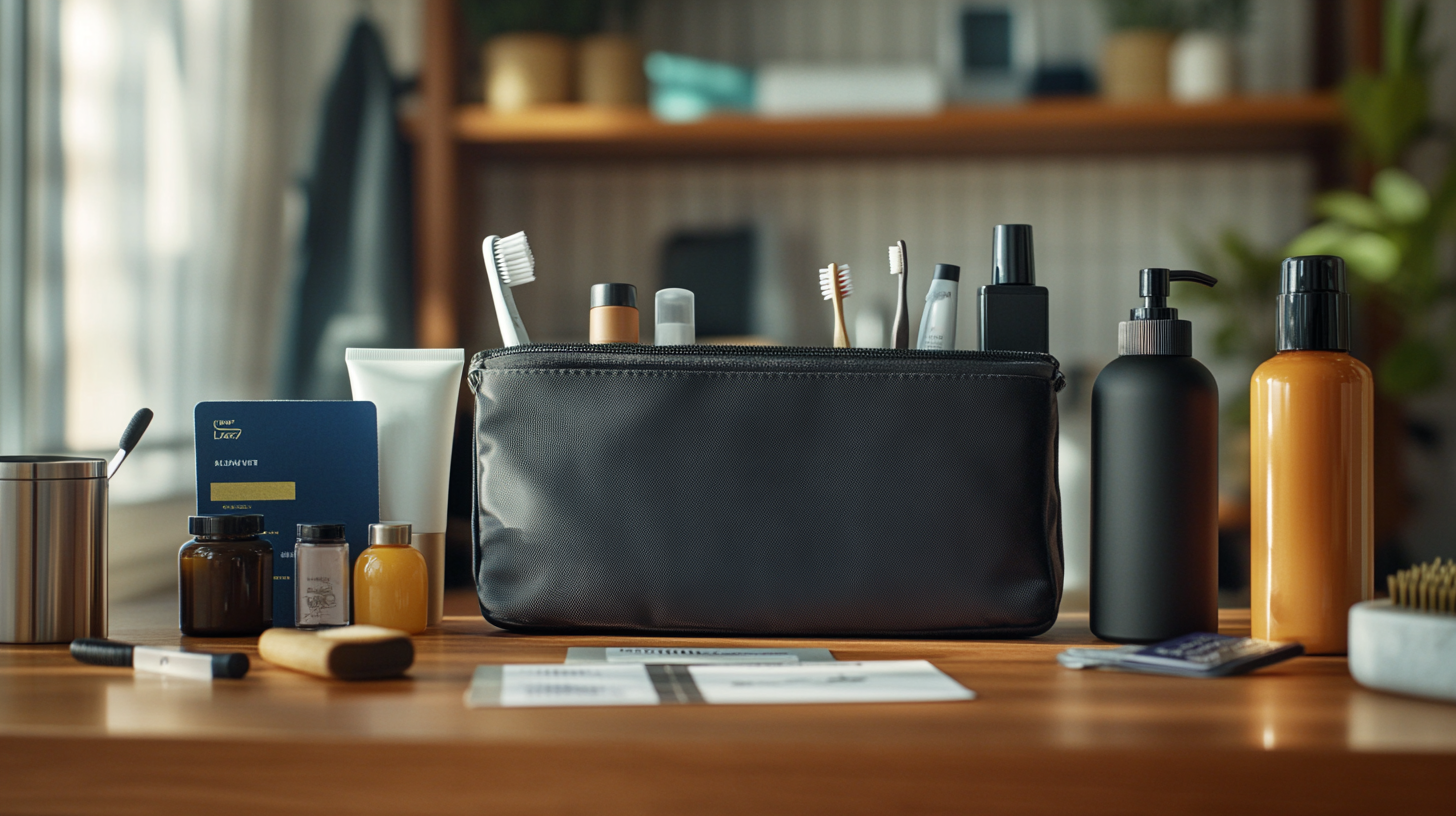
Toiletries and small essentials can quickly add weight and consume valuable space in your luggage. Being strategic about these items is essential to maintain a lightweight pack. By minimizing and carefully organizing your toiletries, you not only comply with security regulations but also ensure efficiency during your travels.
- Travel-Sized Toiletries: Use travel-sized bottles or containers for your liquids and gels to comply with TSA regulations, which typically limit you to containers of 3.4 ounces (100 milliliters) or less. Consider solid toiletries like bar soap, shampoo bars, and lotion bars to save space and reduce the risk of spills, as recommended by eco-friendly travel toiletry solutions . These items are long-lasting and often take up less room than their liquid counterparts. Refillable travel bottles can be used to bring your preferred products in smaller quantities.
- Pre-Pack a Toiletry Bag: Keep a dedicated toiletry kit packed with essentials that is ready to grab whenever you travel. This saves time and reduces the likelihood of forgetting important items like a toothbrush, toothpaste, or razor. Use a clear, zippered bag to comply with security screening requirements and to easily see the contents. Regularly restock the kit after trips to ensure it’s always ready for the next adventure.
- Minimal Makeup and Accessories: Limit cosmetics and jewelry to the basics needed for your trip. Choose multifunctional makeup products, like a tinted moisturizer with SPF or a lipstick that doubles as blush. Select jewelry that can be worn with multiple outfits, and leave valuable or sentimental pieces at home to avoid loss or theft.
- First Aid and Medications: Carry a portable first aid kit with essentials like bandages, antiseptic wipes, and pain relievers. Keep any prescription medications in your carry-on luggage for easy access and to prevent issues in case your checked baggage is delayed or lost. Ensure medications are in their original labeled containers to avoid complications at customs or security checkpoints.
- Laundry Kit: For longer trips, pack a small laundry kit, such as compact travel laundry kits for on-the-go washing , that may include a sink stopper, travel-sized laundry detergent, and a lightweight clothesline or inflatable hangers. This allows you to wash clothes in your hotel room or accommodation, reducing the need to pack additional outfits. Quick-drying clothing makes this process more efficient.
Streamlining Electronics and Gadgets
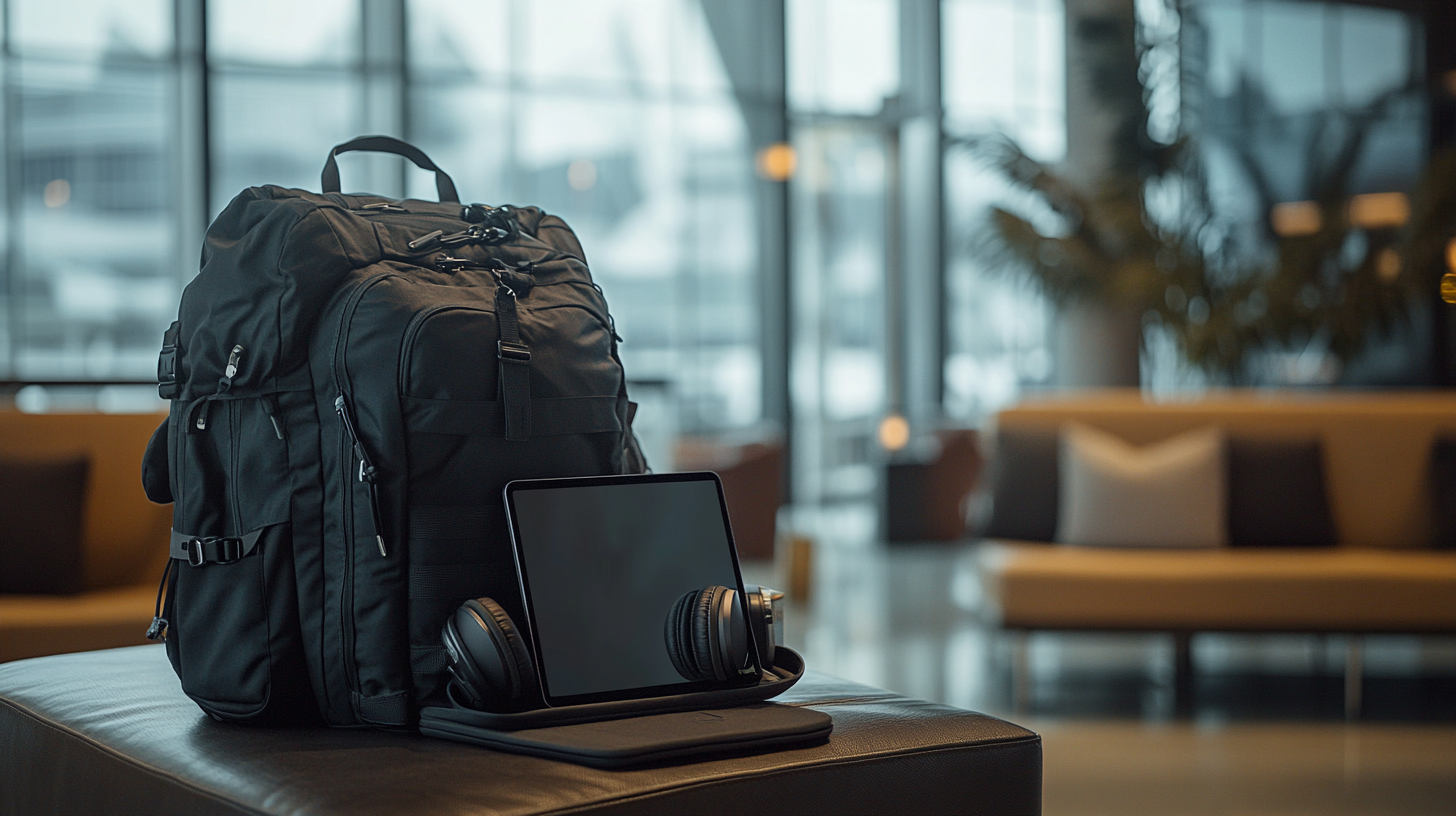
Electronics can be heavy and occupy valuable space in your luggage. Moreover, they require chargers and accessories that add to the bulk. Minimizing gadgets by choosing multifunctional devices helps lighten your load and simplifies your travel experience.
- Essential Tech Only: Carry only the necessary electronics, prioritizing devices that offer multiple functions. A smartphone can serve as a camera, GPS, e-reader, and entertainment center. If you need a larger screen, consider a lightweight tablet instead of a laptop, unless your work requires specific software. Evaluate whether you will actually use each device during your trip before packing it.
- Universal Adapters: Bring a universal travel adapter, such as all-in-one international power converters with USB ports , that works in different countries, reducing the need to carry multiple chargers or adapters. Some adapters also include USB ports, allowing you to charge multiple devices simultaneously. This simplifies your charging needs and saves space in your luggage.
- Organize Cables: Use small pouches, cable organizers, or even zip ties to keep cords and cables neat and tangle-free. Labeling cables can help identify them quickly. Keeping your electronic accessories organized prevents damage and makes it easier to locate what you need without digging through your bag.
Preparing for the Unexpected
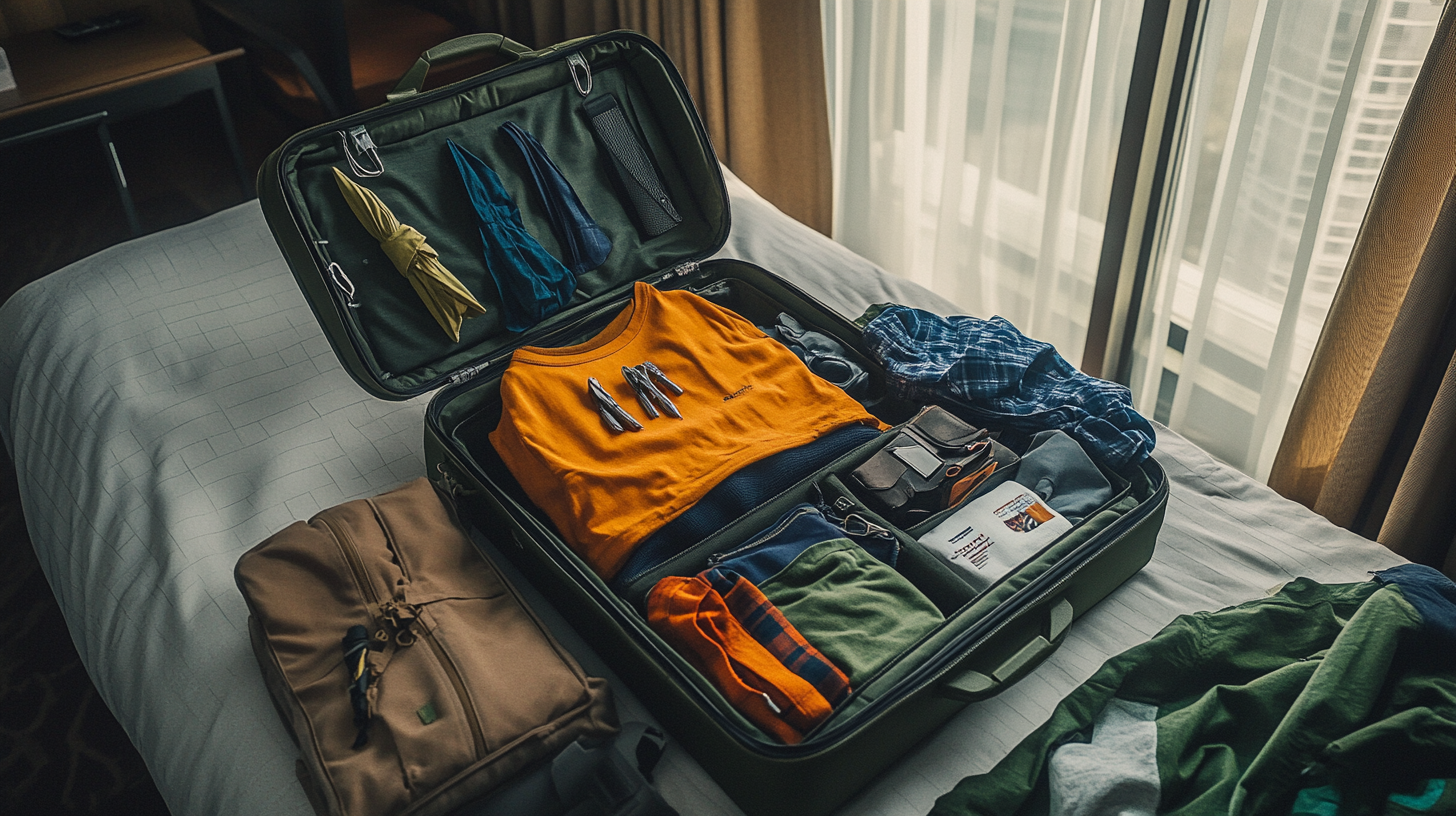
Flexibility is key when traveling, as unexpected situations can arise at any time. Being prepared for unforeseen circumstances not only enhances your journey but also reduces stress. By planning for contingencies, you can adapt smoothly to changes and make the most of your travel experiences.
- Laundry Access: Research whether your accommodations offer laundry facilities or services. Having access to laundry allows you to pack fewer clothing items, knowing you can wash and reuse them. Some hotels and hostels offer self-service laundry rooms, while others may provide affordable cleaning services. Alternatively, local laundromats can be an option in many destinations.
- Accommodation Amenities: Check the amenities provided by your accommodation in advance. Items like hairdryers, towels, and toiletries are often supplied, as noted in comprehensive hotel amenity checklists , negating the need to pack your own. Eliminating redundant items saves space and weight. Most hotel websites or booking platforms list available amenities, or you can contact the property directly.
- Spontaneity in Itinerary: Leave room in your schedule for spontaneous activities and opportunities. Flexibility in your itinerary allows you to take advantage of unexpected events, local recommendations, or changes in weather. Packing versatile clothing and gear supports this spontaneity, as you can adapt to different activities without needing specific attire for each one.
- Local Purchases: Keep in mind that most destinations offer opportunities to purchase forgotten essentials or items you may need. From toiletries to clothing, you can usually find what you need at your destination. This realization can alleviate the pressure to pack for every possible scenario. Additionally, buying locally can be part of the travel experience and support the local economy.
The Environmental and Personal Benefits
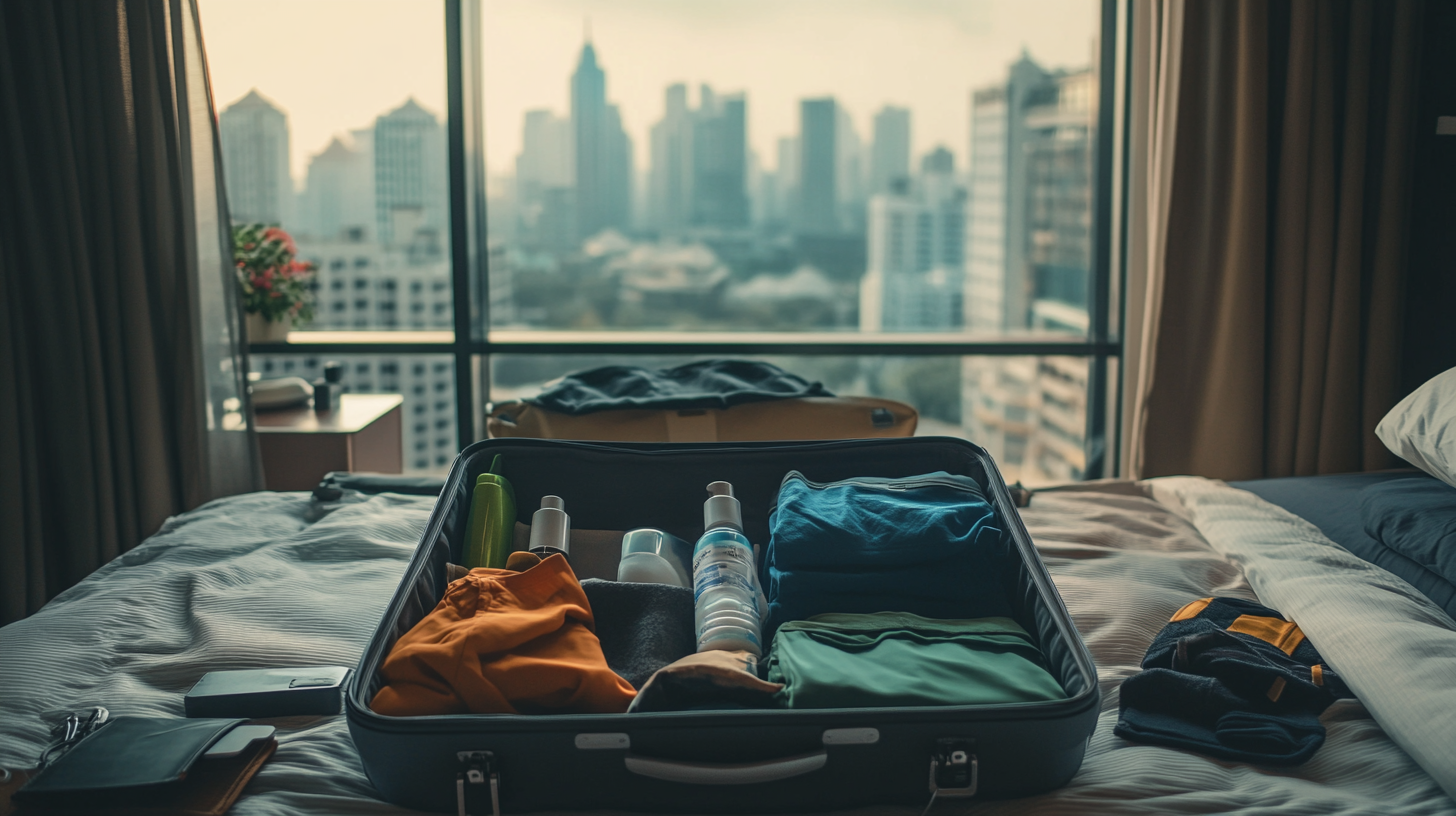
Traveling light is not only beneficial for you, in terms of convenience and comfort, but also has a positive impact on the environment. Reducing the weight of your luggage contributes to lower fuel consumption in transportation, leading to fewer greenhouse gas emissions. Embracing minimalist travel is a small but meaningful way to practice sustainable tourism.
- Reduced Carbon Footprint: Every additional pound on an airplane requires more fuel to transport. By packing light, you contribute to lower overall fuel consumption, which reduces carbon emissions associated with air travel, supporting sustainable travel practices for eco-conscious travelers . This environmental benefit, though seemingly small on an individual level, adds up significantly when adopted by many travelers.
- Ease of Mobility: Traveling light makes it easier to navigate public transportation, walk through cities, and climb stairs, especially in places without elevators or escalators. A lighter load reduces physical strain, allowing you to move freely and comfortably. This increased mobility can enhance your travel experience by enabling you to explore more areas and respond spontaneously to opportunities.
- Immersive Experience: With fewer belongings to manage, you have more mental and physical energy to focus on the experiences and culture of your destination. Not worrying about excessive luggage frees you to engage more deeply with your surroundings, participate in activities, and connect with locals. This minimalist approach can lead to a richer and more fulfilling travel experience.
Ensuring Safety and Security
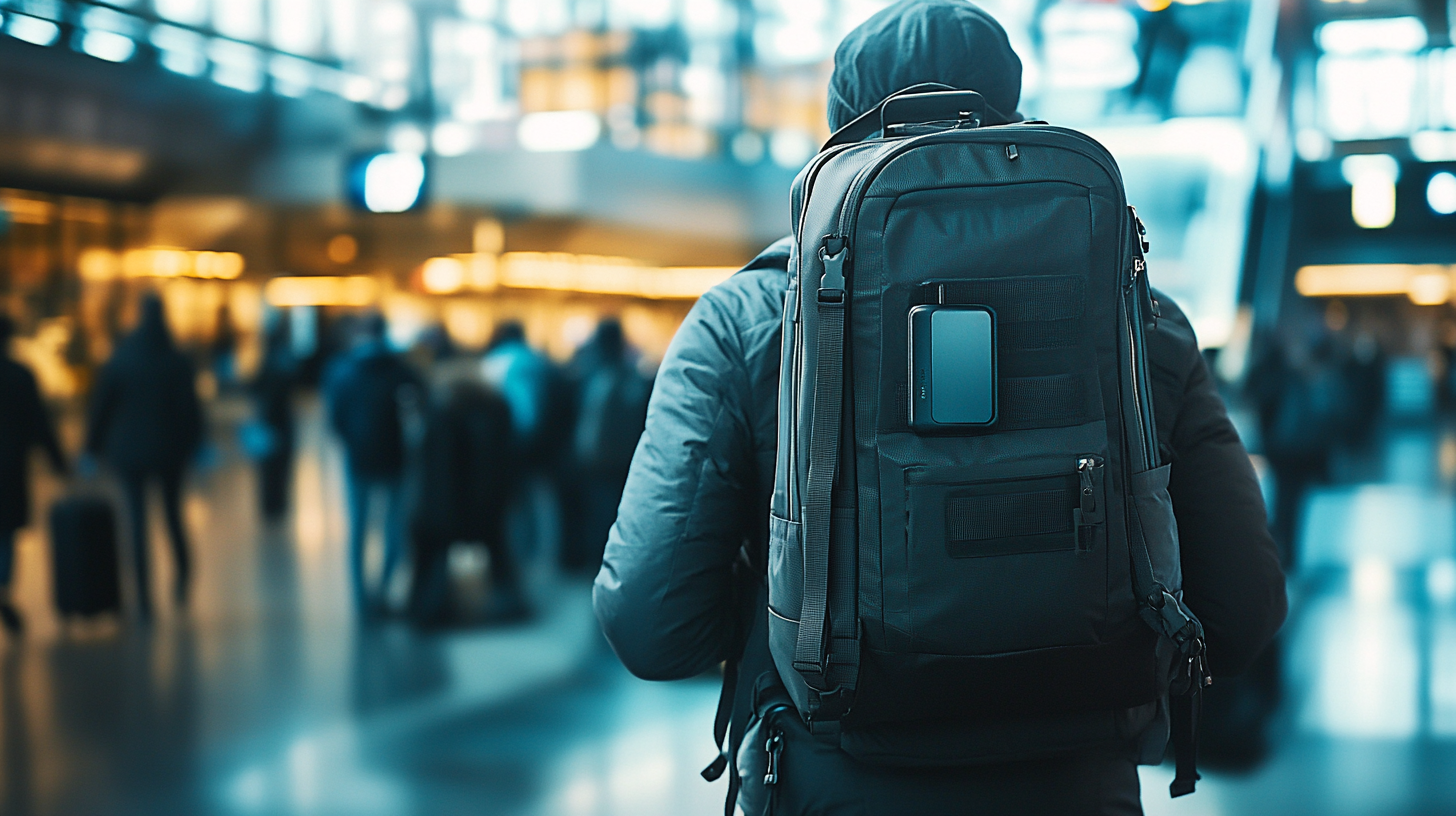
Keeping your belongings secure while maintaining ease of access is vital during travel. Balancing security and convenience ensures that you can retrieve necessary items quickly without compromising the protection of your valuables. Awareness and preparation can significantly reduce the risk of loss or theft.
- Essential Documents: Always keep your passport, identification, and important documents in a secure yet accessible place, such as a money belt or a concealed pouch. Consider carrying photocopies or digital backups of important documents stored securely on your phone or in cloud storage. This precaution can be invaluable in case of loss or theft.
- Travel Insurance: Protect yourself against unforeseen events such as medical emergencies, trip cancellations, or lost luggage by securing appropriate travel insurance. This coverage provides peace of mind and financial protection. Be sure to understand what your policy includes and carry any necessary documentation with you.
- Digital Security: Public Wi-Fi networks can be insecure, making your personal information vulnerable to hackers. Use a Virtual Private Network (VPN), such as top-rated VPN services for travelers , when accessing public Wi-Fi to encrypt your data and safeguard personal information. Additionally, avoid accessing sensitive accounts, like banking or email, on unsecured networks when possible.
- Stay Informed: Research and be aware of local scams, common tourist traps, and cultural norms to avoid problematic situations. Understanding local customs and etiquette helps you blend in and reduces the likelihood of becoming a target for theft or fraud. Trusted travel guides or official tourism websites are good sources of information.
Expert Tips for a Smooth Journey
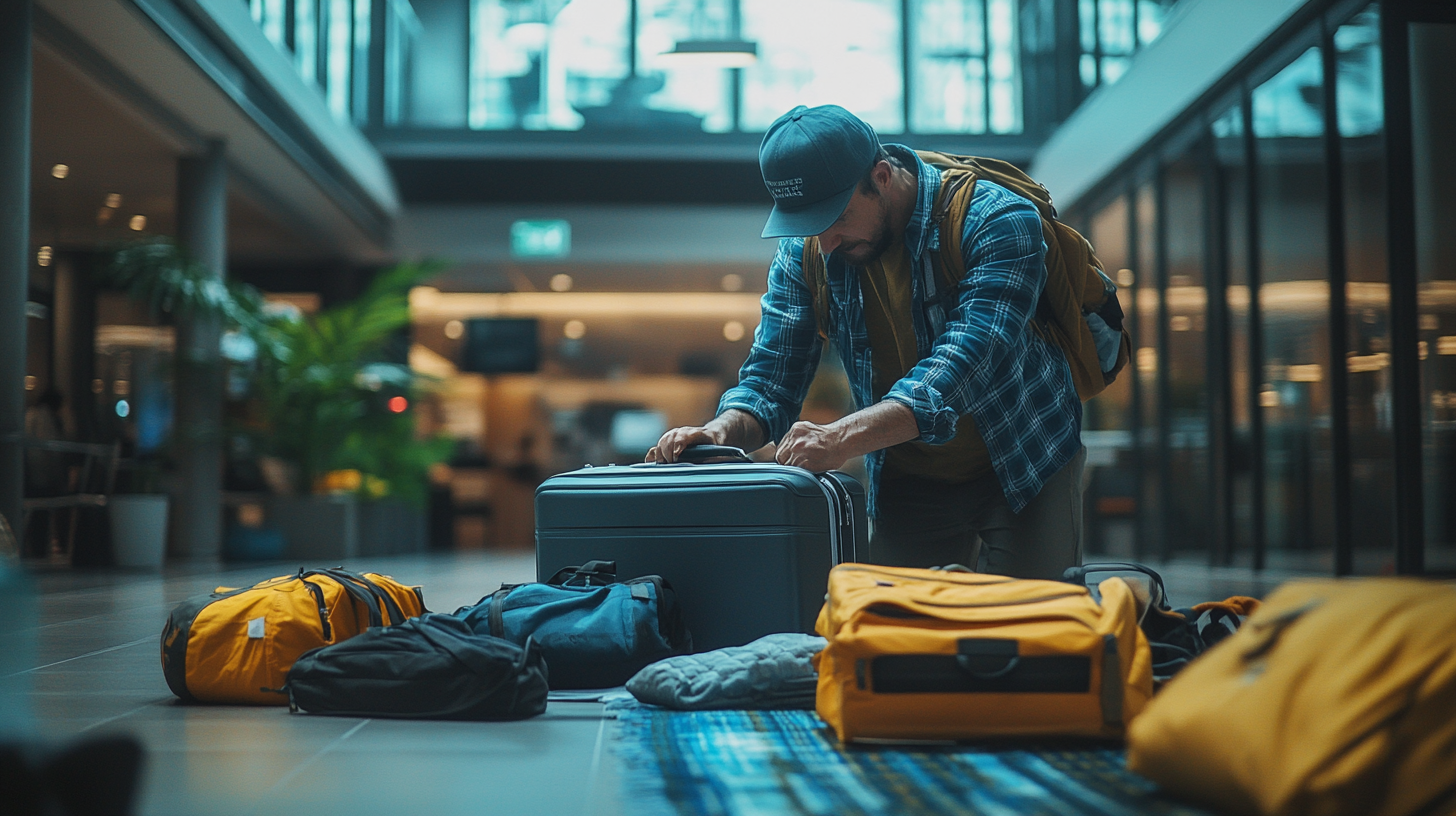
- Hydration: Carry a refillable water bottle to stay hydrated throughout your travels. Many airports and public spaces have water fountains or filling stations. Using a refillable bottle reduces plastic waste and is more cost-effective than buying bottled water. Ensure the bottle is empty when passing through airport security to comply with liquid regulations.
- Prioritize Comfort: Wear comfortable clothing during travel, such as breathable fabrics and shoes suitable for walking or sitting for extended periods. Packing items that enhance your comfort, like a neck pillow, earplugs, or an eye mask, can make long flights or layovers more pleasant. Comfort contributes to a more enjoyable and less stressful journey.
- Learn Local Phrases: Learning key phrases in the local language enhances interactions with residents and demonstrates respect for their culture. Simple greetings, expressions of thanks, and questions can go a long way. In emergencies, knowing how to ask for help or directions can be invaluable. Phrasebooks or language apps, such as language learning apps for travelers , can assist in learning and pronunciation.
- Embrace Local Cuisine: Trying street food and local dishes enriches your travel experience by providing insight into the culture and traditions of your destination. Being open to new foods can lead to memorable experiences and stories to share. Always consider food safety, and choose reputable vendors or restaurants when trying unfamiliar dishes.
- Stay Flexible: While having a plan is essential, remain open to adjusting your itinerary to make the most of unexpected opportunities. Weather changes, local events, or recommendations from fellow travelers and locals can lead you to unique experiences. Flexibility allows you to adapt and may lead to some of the most memorable moments of your trip.
Final Thoughts
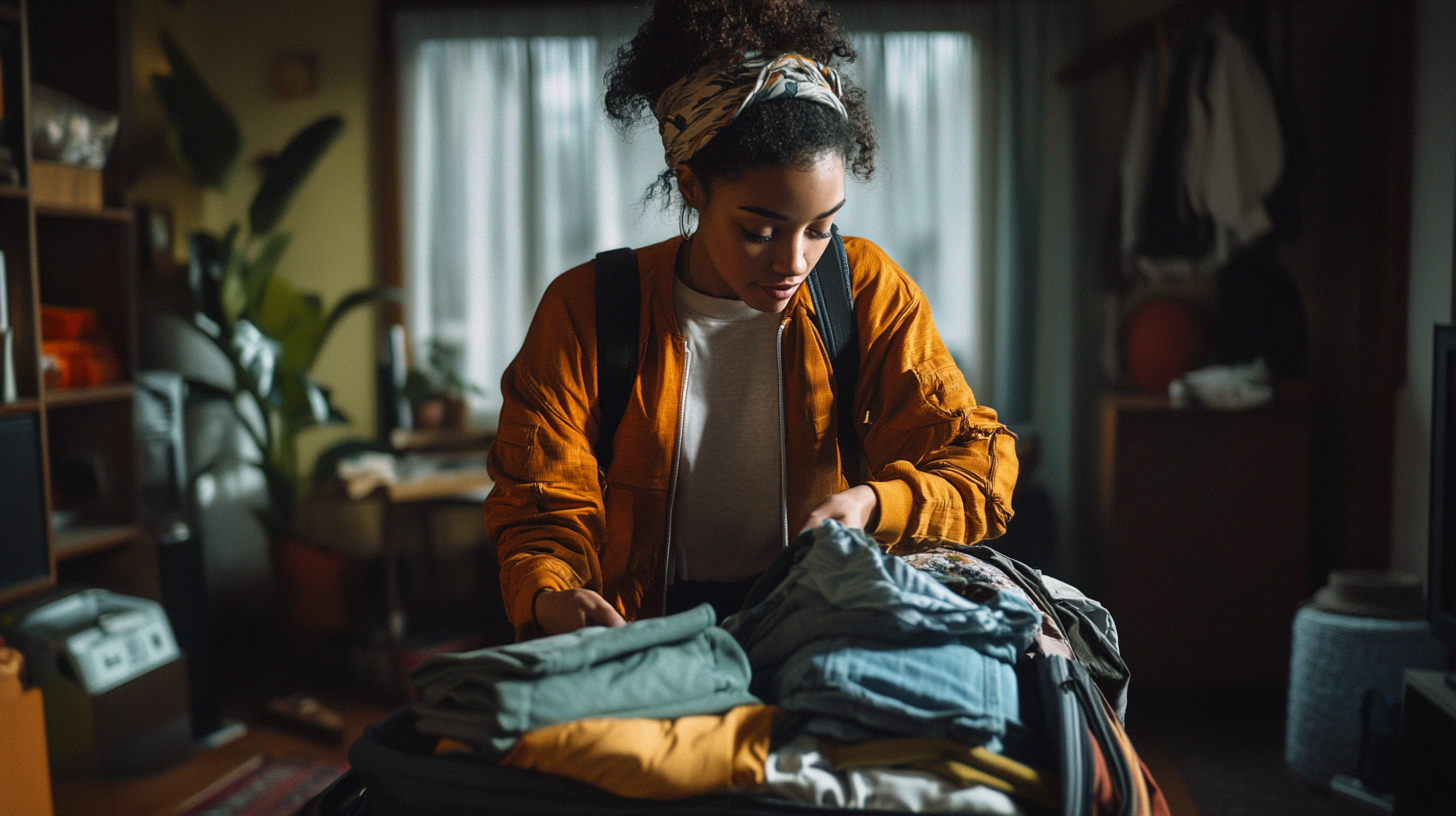
Mastering the art of packing light is a skill that enhances every aspect of travel. By carefully selecting luggage, adopting a minimalist mindset, and employing efficient packing techniques, you can free yourself from the burdens of overpacking. Not only does this approach save time and money, but it also allows for a more immersive and stress-free journey. Traveling light opens doors to spontaneity, fosters deeper connections with places and people, and reduces environmental impact.
Follow us back to Seat 5A for more travel tips and insights. Remember, the goal is to carry only what you need and to enjoy the richness of new experiences unencumbered by excess baggage. So, on your next trip, embrace these strategies from seasoned travelers and discover the unparalleled freedom that comes with packing light. The world awaits, and with a lighter load, you’re ready to explore it fully.



